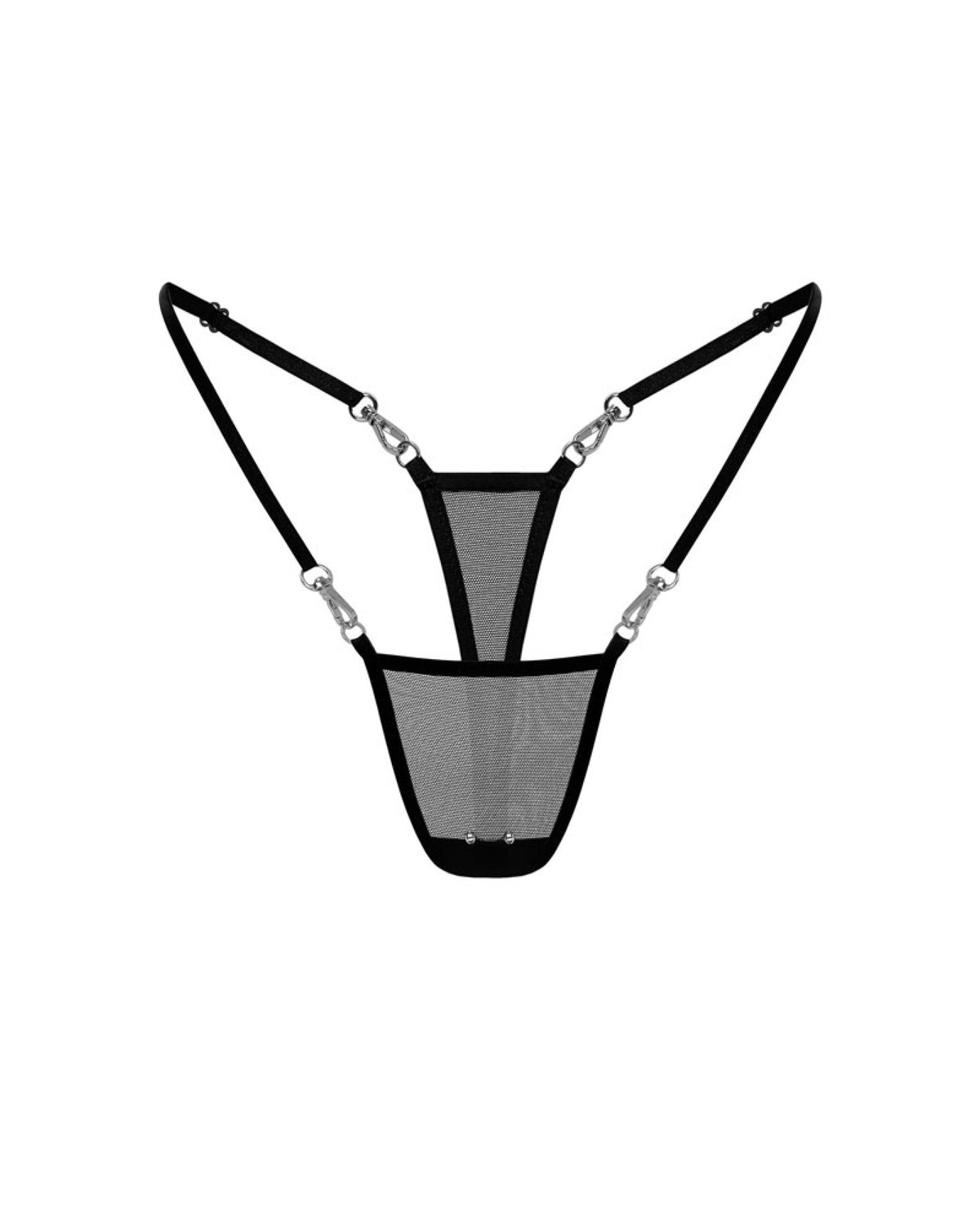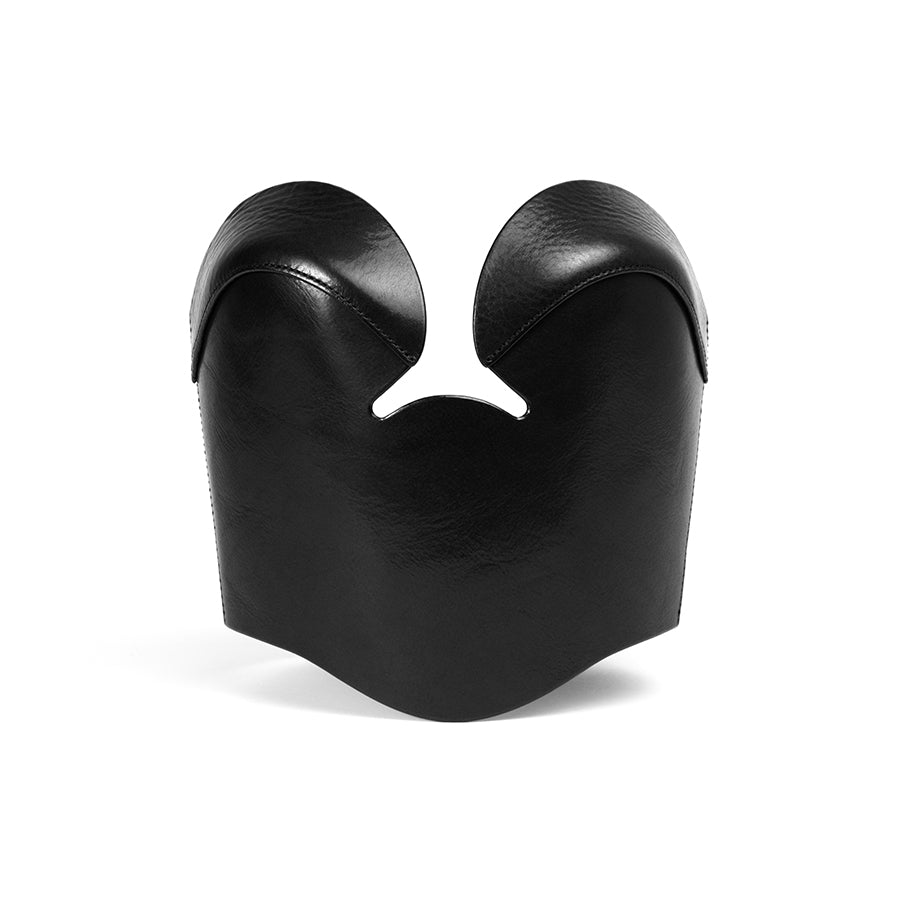
June 10, 2025
Rethinking Masculinity Through Sensuality
Masculinity is often taught as the opposite of softness. Many boys grow up hearing that to be a “real man” means being in control, avoiding vulnerability, and pushing emotions aside. Sensuality – the act of being present in the body, noticing pleasure, texture, warmth, and connection – rarely fits into that script. But it should.
What We Lose in Disconnection
When men are denied access to softness, emotional intimacy, and nurturing touch, everyone loses. Masculinity without room for sensuality often leads to disconnection from one’s body, from partners, and from the full range of human emotion. Intimacy becomes performance. Pleasure becomes pressure. And the body becomes a tool instead of a source of presence and care.
Reclaiming sensuality offers something different: a slower, fuller experience of masculinity that includes curiosity, consent, and vulnerability. It allows men to relate to themselves and others without relying on dominance or emotional distance.
 Sensuality as an Act of Care
Sensuality as an Act of Care
Sensuality isn’t just about sex; it’s about attention. Engaging the senses, whether through self-touch, movement, grooming, or intimacy, helps masculine people reconnect with their bodies. Touch becomes permission, not performance. Breath becomes an anchor, not an afterthought. Pleasure becomes relational, not goal-driven. In this space, masculinity becomes more than an identity; it becomes a practice of care.
What Queer & Kinky Communities Teach Us
Queer and kink communities have long challenged rigid gender roles, offering models of masculinity that include grace, submission, playfulness, and emotional presence. These communities emphasize communication, consent, and sensation – values that make space for a fuller, more honest masculinity.
A man in lace. A top who leads with tenderness. A nonbinary masculine person who feels most powerful while being held. These aren’t exceptions; they are invitations to reimagine what masculinity can hold.

Reclaiming Sensual Masculinity: Where to Start
- Slow down during everyday activities. Notice how things feel on your skin, in your breath, in your muscles.
- Practice non-sexual touch: cuddling, hand-holding, stillness.
- Wear fabrics that feel good. Let comfort and style meet.
- Let yourself receive. Let softness in.
- Talk about pleasure and emotion with people you trust. Break the silence.






